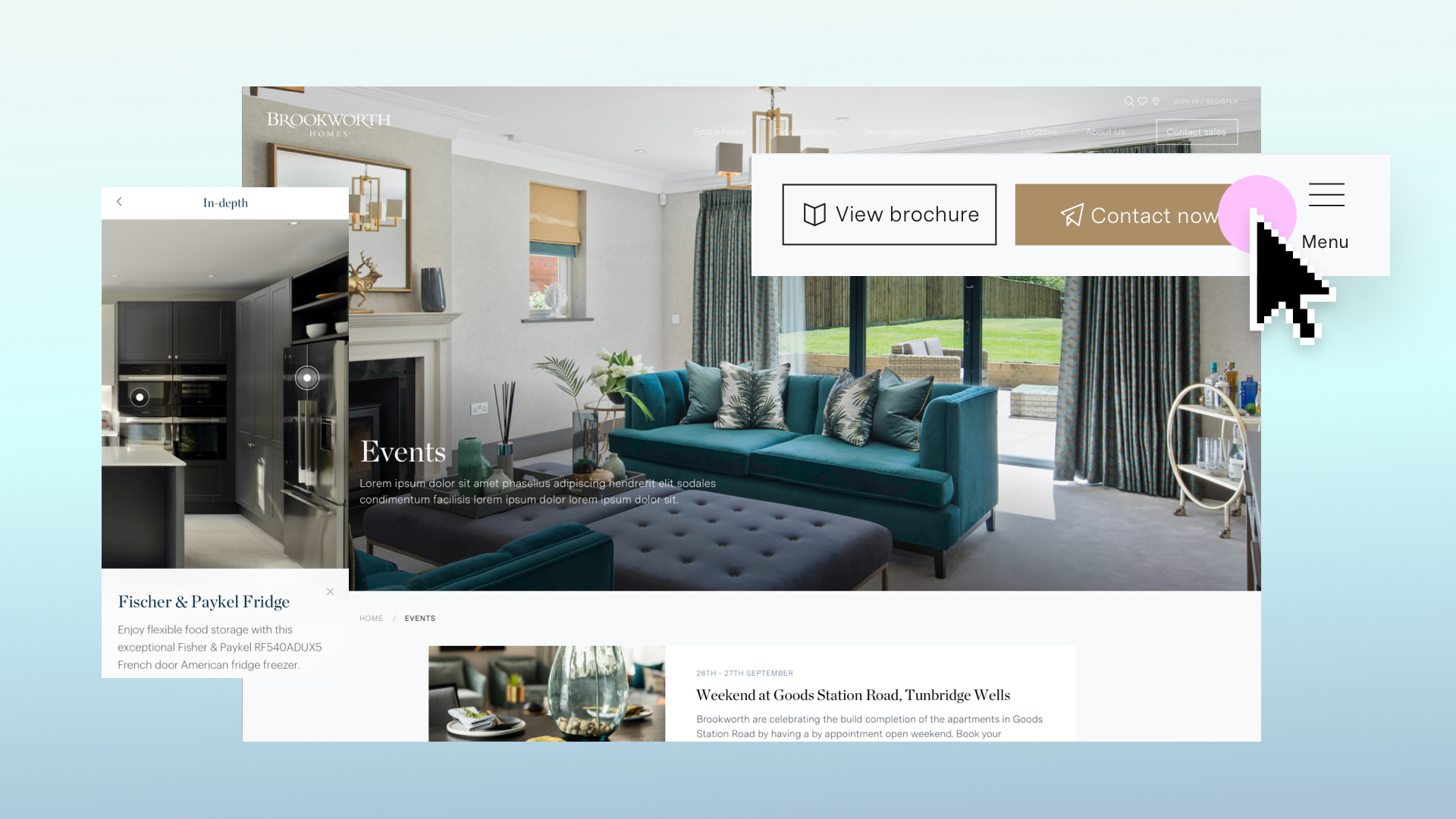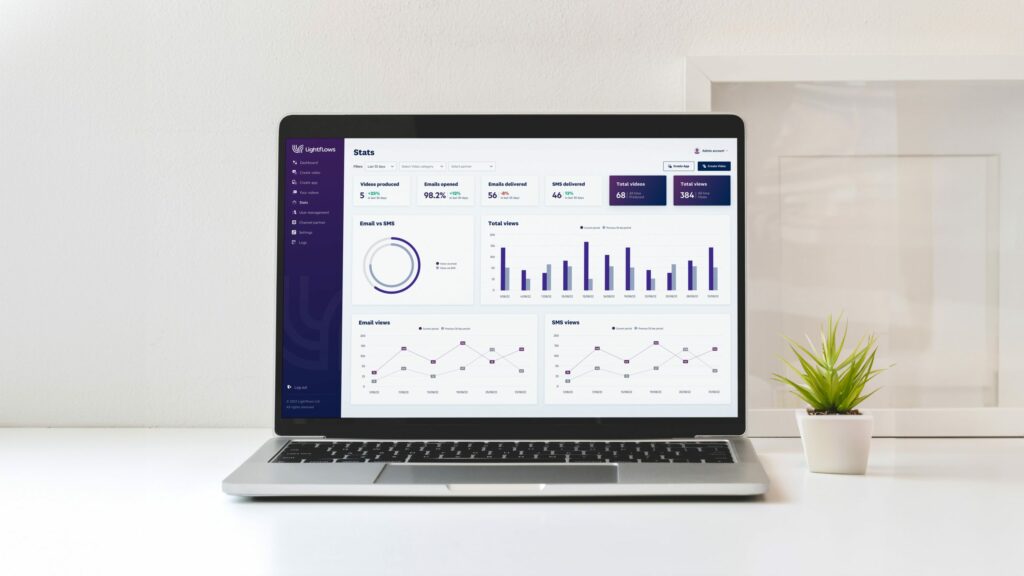Terms like user experience (UX) and user interface (UI) are often used interchangeably, although they’re actually two completely different but related things. Have you ever stopped and considered what each is exactly?
For readers who are new to this topic, the user interface is, put simply, what is on the screen and the controls (mouse, keyboards, finger(s), etc, that you use to interact with it)—it’s the thing that you interact with when using someone’s website, web app, or digital product. The user interface is a defined and (we hope) well-designed deliverable.
The user experience is just that: the experience you, as the user, have when using that user interface. Experiences range across a huge spectrum of possibilities, from joy, delight, and excitement at one end to downright frustration and misery at the other. Experiences will differ depending on the audience demographics and personality type. As designers, we need to satisfy the needs of our customers or users.
Ultimately, UX is a feeling. Do your users feel liberated and able to navigate a site with ease and speed, or do they feel hemmed in, restricted, and confused? We hope you feel the former when using something we’ve built!
Let’s dive into why excellent UX is not just a bonus but a fundamental necessity for your web apps.
Elevating user satisfaction
First things first… good UX = user satisfaction. When users find your web app easy to navigate, enjoyable to use and that it meets their needs, their satisfaction levels soar. Congratulations, you’ve created a positive perception of your brand. This isn’t just a feel-good factor. It’s a strategic advantage that sets your app apart in a crowded marketplace.
For example, the secret of Amazon’s success is the simplicity and convenience of buying via their app—there’s not much that comes close. As a result, their site has become the go-to place to buy things—so much so that the thought of shopping elsewhere for everyday or readily available items just feels like a hassle.
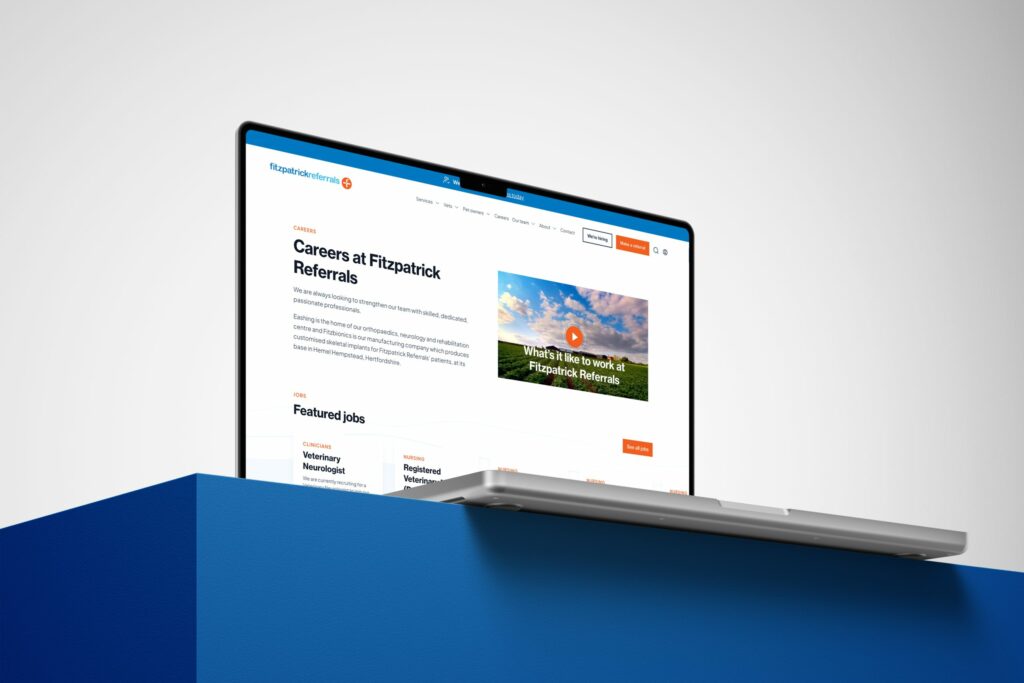
Cultivating increased loyalty
Happy users are loyal users. By delivering an exceptional UX, you’re winning over customers and turning them into advocates for your brand. Increased loyalty means users are more likely to return to your digital product, so you don’t have to keep constantly acquiring new customers. The Amazon factor again comes into play here.
Driving higher conversion rates
Here’s the bottom line: good UX leads to increased conversion rates. When users can navigate your web app effortlessly and find what they need without getting frustrated, they’re more likely to convert – be it making a purchase, signing up for a newsletter or filling out a contact form. The domino effect of excellent UX is clear. Satisfied users lead to more conversions, which in turn boosts your revenue.
Favouring search engines
Part of Google’s mission is to serve its users the most valuable and helpful results—if it didn’t, we would keep coming back. Search engines are ever more sophisticated in evaluating the quality of web applications. A high-quality site with a strong UX is more likely to rank well in search engine results pages, which is vital for attracting organic traffic and gaining visibility in the competitive digital landscape.
Increasing engagement
When your web app is a pleasure to use, users stick around. This increases engagement, a key indicator that search engines consider when ranking sites. Higher user engagement signals to search engines that your site offers valuable content and a good user experience, which can improve your site’s visibility and attract more visitors.
Embracing responsive design
In today’s mobile-first world, responsive design isn’t optional; it’s essential! Good UX means your web app works flawlessly across all devices, ensuring users have a positive experience whether they’re on a desktop, tablet or smartphone.
Good UX is the linchpin of successful digital products. It’s about creating a user-centred design that looks great and functions seamlessly, making every interaction meaningful. By prioritising UX, you’re building the foundation for increased user satisfaction, loyalty and business success. So here are our top tips on how to do it.
Key takeaways
- Simplicity is the key; make the user experience friendly and as easy to use as possible
- Good UX correlates with user satisfaction
- A well-designed UX facilitates smoother navigation and easier interaction, which can significantly increase conversion rates
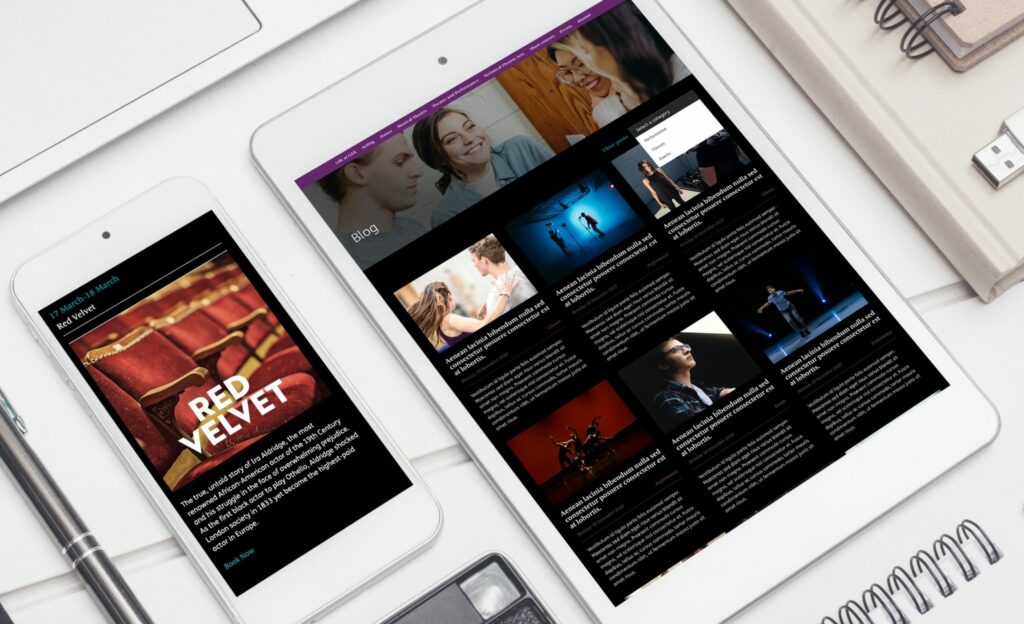
12 tips to improve UX/UI design in web applications
Whether you’re building from scratch or refining an existing application, sticking to these 12 essential tips will elevate your UX/UI design, ensuring your web app is not only functional but also memorable and user-centric. Let’s transform your web application.
1. Navigation and user journeys
Plan your app structure meticulously and ensure that essential and frequently used items are prioritised and accessible at all times. Cumbersome navigation frustrates users; try to reduce the clicks required to access and navigate your app. Also, when testing, look for repetitive navigation tasks you may be making your users perform. ‘Open menu, open sub-navigation, click’ – having to perform these actions many times will frustrate users.
For mobile devices, consider adding navigation tabs to get to significant sections or features of your product. These are best placed at the bottom of the screen, where a user’s thumb will be, instead of making them reach up to the top of the screen.
Breadcrumbs and in-page navigation also act as a convenient way to navigate a hierarchy of pages once deeper into an app.
2. Forms
Most web applications have various forms that build the app’s backbone. These forms gather information and perform essential business functions, so getting them right is a top priority.
In particular, look out for difficult-to-use date pickers and cumbersome drop-downs. For date pickers, always provide an easy way to change not only days and months but also years. Remember the last time you used a date picker without year navigation? That’s a lot of clicking, especially if you were born in the 1980s!
Many businesses get forms wrong, so make a difference by focusing on and, importantly, testing forms extensively with prototypes before committing to an idea.
From our experience, companies that get this right succeed. HubSpot, for example, has made using its CRM a pleasure—it’s a shining example.
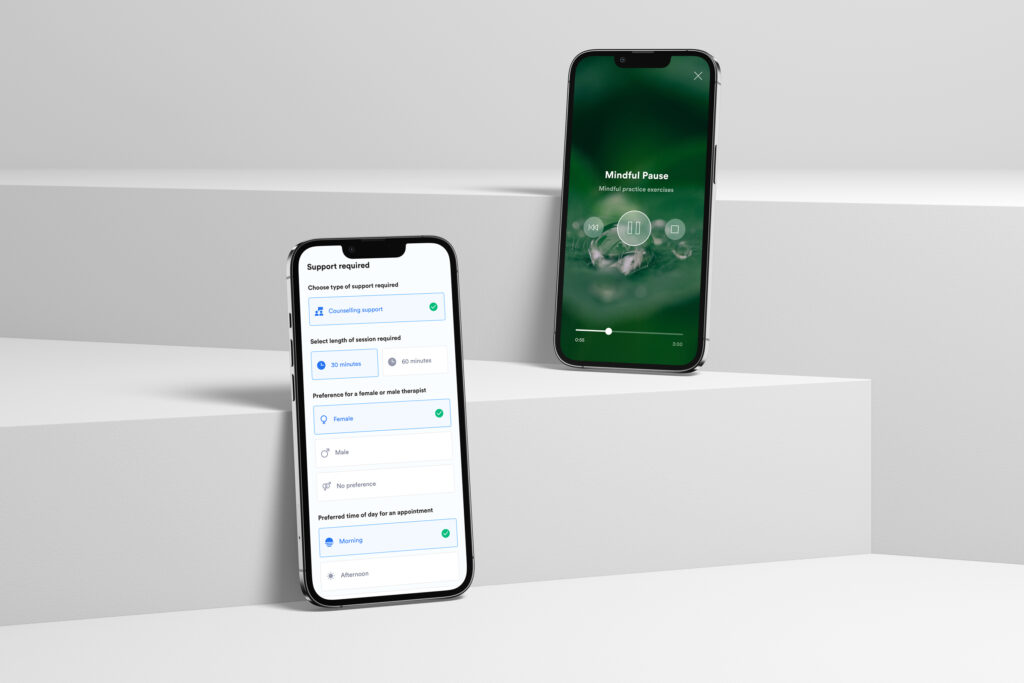
3. Keep it simple
Less is more when it comes to crafting a top-notch user experience. By focusing on simplicity, we as designers can boost usability and lighten our users’ mental load, making their interactions with web applications feel smooth and natural. This principle of simplicity touches every corner of UX/UI design—it’s all about creating a clean layout that’s a breeze to navigate and placing visual elements where they need to be.
But simplicity isn’t just about taking things away. It’s about refining the design to its most effective and meaningful essentials, ensuring that every element and interaction serves a clear purpose and enhances a friendly and cohesive user experience.
4. Adding a search box
A website or app should provide several ways to discover content or access features, good navigation and an excellent browsing journey. Incorporating a search box into your website is a game changer for user experience, empowering users to quickly pinpoint exactly what they’re after. This simple yet effective feature significantly boosts user satisfaction by streamlining the navigation process, meaning your customers don’t have to trawl through multiple pages to find something.
How can you design your search feature well? Ensure it’s visibly placed and intuitive to use. This will drastically reduce user frustration and create a responsive, accessible, and user-centred website.
5. Add more whitespace
Adding more white space is like giving your website’s content room to breathe, making the whole UI/UX design more open and inviting. White space isn’t blank; it’s a powerful design element that reduces clutter and makes the critical stuff pop.
Using white space wisely makes your content much easier to read and understand. You guide users’ eyes to the key elements without distracting them with unnecessary details. It’s all about striking the right balance—enough white space to create a clean, focused layout highlighting what matters most.
6. Focus on content
Putting the spotlight on content is crucial for stepping up your UI/UX design. It’s all about making sure the information not only catches the eye but also delivers genuine value to the user. With the latest updates from Google, like the March 2024 Core Update, having quality content on site has become even more critical.
Start by making your content clear, concise, and relevant. Speak to your users about what they need and answer their questions directly. Why not make things easier for them by using plain language, organising text into bite-sized, scannable sections and adding multimedia elements to enrich the experience? Keeping a consistent tone and style across all your content reinforces your brand’s identity and builds trust with your audience.
Remember, creating valuable content isn’t just about the message itself but also how you present it, making it a key element in developing a user-friendly and captivating digital experience.
7. Make different elements visually distinct
Grab your audience’s attention right from the start by making each element of your app distinct. To kick things off, use varied font sizes, weights and styles to create headlines and subheadings that really stand out. This helps guide users through your content, making it a breeze for them to scan and grasp the layout of information.
What about navigational tools? They should be a snap to spot and use. Users depend on these to navigate your site or app smoothly, so make sure they’re prominently placed and visually obvious. Call-to-action buttons and search fields also need to pop, encouraging interaction and easing the user’s journey through your content.
Let’s talk about contrast and colour. They’re vital in crafting a user-friendly interface. A high contrast between text and background ramps up readability, while a well-thought-out colour scheme can direct attention to key elements and actions. The strategic use of colour accents can spotlight interactive features like buttons or links, which help navigate and complete tasks.
8. Make the app mobile-friendly
Did you know that in today’s smartphone-dominated world, a whopping 61% of users were accessing digital content on the go as of February 2024? That’s why creating a mobile-friendly app is absolutely essential. Optimising your app’s user interface for mobile devices can make the user experience seamless, which is super important for keeping customers engaged and coming back for more.
To make your app a dream to use on smaller screens, focus on simplifying the UI. Think about using larger touch targets for interactive elements, ensuring text is readable without needing to zoom in and streamlining navigation to suit the mobile context. Also, it’s smart to consider the diverse screen sizes and orientations by designing a responsive layout that adapts beautifully to any device.
And the benefits of a mobile-friendly design don’t just stop at user satisfaction. It also plays a key role in how well your app performs in search engine rankings, as search engines really favour mobile-optimised sites. This can massively boost your app’s visibility and reach. If you overlook the needs of mobile users, you might find yourself missing out on a massive chunk of your audience, as they’re likely to ditch an app that doesn’t cater to their on-the-go lifestyle. In today’s world, a mobile-friendly app isn’t just a nice extra; it’s a must-have to ensure your site is as user-friendly as possible and meets the demands of the modern mobile user.
9. Conduct an audit
Conducting an audit is all about diving deep with your UX team to review and sharpen your design strategies, looking at everything through the eyes of your target users. It’s about seeing how well your designs meet their needs and match their behaviours.
Have you ever thought about taking a day off before the audit? It can really help you come back with fresh eyes and a new perspective. During the audit, zero in on the user journey, analyse behaviours and personas and pinpoint what’s hitting the mark and what needs tweaking. This process is critical for continually enhancing your designs to boost the user experience, making sure your strategies are truly hitting the spot with your users.
10. Work with feedback
Gathering and acting on user feedback is essential for boosting the user experience and refining your web development. Why not make the most of tools like forms, online surveys and feedback buddies for efficient collection and analysis of user insights? Bringing this feedback into your development cycle helps you shape your site or web app to meet user needs better, making it all the more user-friendly. Did you know that statistics show that responding actively to feedback can seriously elevate your business success? It underscores how user-focused improvements directly enhance customer satisfaction and loyalty.
In addition to performing user testing. There are many excellent user tools available for gathering insights and information on user behviour and pain points . Here are just a few of our favourites.
We’ll be covering more of these in an upcoming blog.

11. Page loading time
User perception of loading time is crucial for keeping customers engaged. Even a slight delay can make users click away. Optimising page loading times not only cuts down on bounce rates and ramps up the user experience, especially on mobile devices, but also boosts your SEO ranking. This makes fast load times a cornerstone of a successful, user-friendly and highly visible online presence.
Several things can bog down your pages, like hefty image files, bloated or unoptimised code and missing browser caching. To speed things up, consider these tips:
- Shrink image sizes without losing quality to lessen the data load.
- Trim down code by eliminating unnecessary characters, spaces and comments and compress files to shrink their sizes.
- Make the most of browser caching, which helps repeat visitors load your site faster by storing parts of it right in their browser.
12. Make waiting more pleasant
Nobody enjoys a long wait, right? If your app needs a few moments to load, consider using skeleton screens. These clever outlines of the page appear before the content fully loads, helping to enhance users’ perceived loading speed and set the right expectations. By showing progress and keeping users in the loop, skeleton screens can turn a potentially frustrating wait into a more pleasant experience. They keep interest alive and help reduce bounce rates by maintaining engagement during those crucial loading moments.
Our experience in UX/UI improvement
These are our top insights, honed from over a decade on the job. Our robust strategy for UX/UI enhancement is all about customisation. We tailor each approach to fit the unique needs of each client. By diving deep into market research, we get to know your target audience inside and out, ensuring our design solutions hit the mark with your potential customers. We develop detailed user personas that steer us in crafting a user-friendly site that’s a joy to look at and a breeze to navigate. Our sites feature intuitive layouts with clear calls to action that nudge users smoothly toward their goals. Our business analysts play a crucial role, too, linking user needs with your business objectives and enriching the design process with solid, data-driven insights.
Are you curious about the real-world impact of our strategies? Take a look at our case studies. They spotlight how Lightflows has successfully uplifted UX/UI for our clients, underscoring our dedication to delivering bespoke, effective, user-centric digital solutions.
Table of contents
